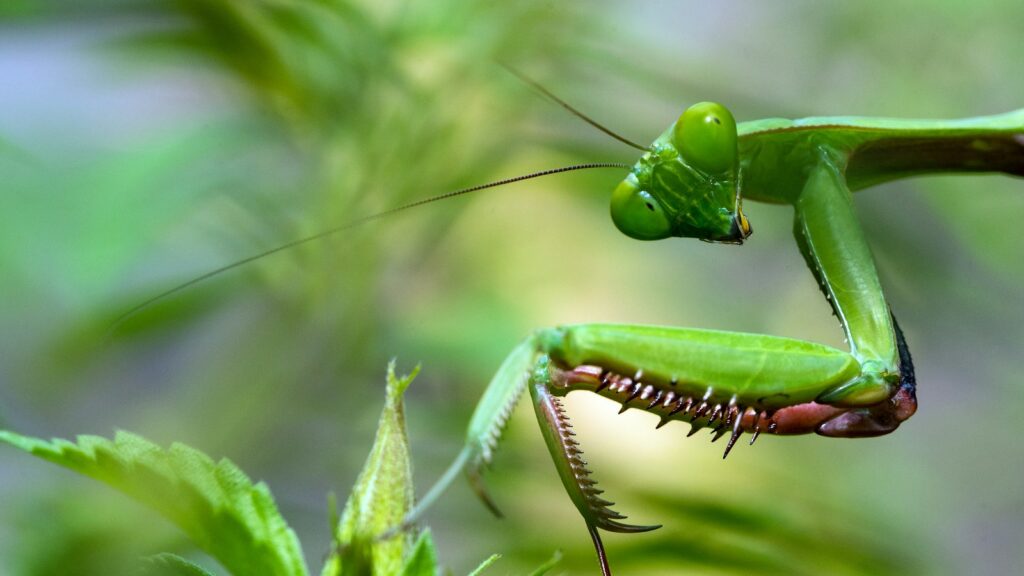The ancient world was a playground for evolutionary experiments so bizarre they make today’s weirdest insects look ordinary. Picture this: a dragonfly with wings spanning over two feet, hunting through primordial forests where cockroaches grew as large as house cats. These weren’t science fiction monsters—they were real creatures that once ruled Earth’s prehistoric landscapes.
Giant Dragonflies That Ruled Ancient Skies
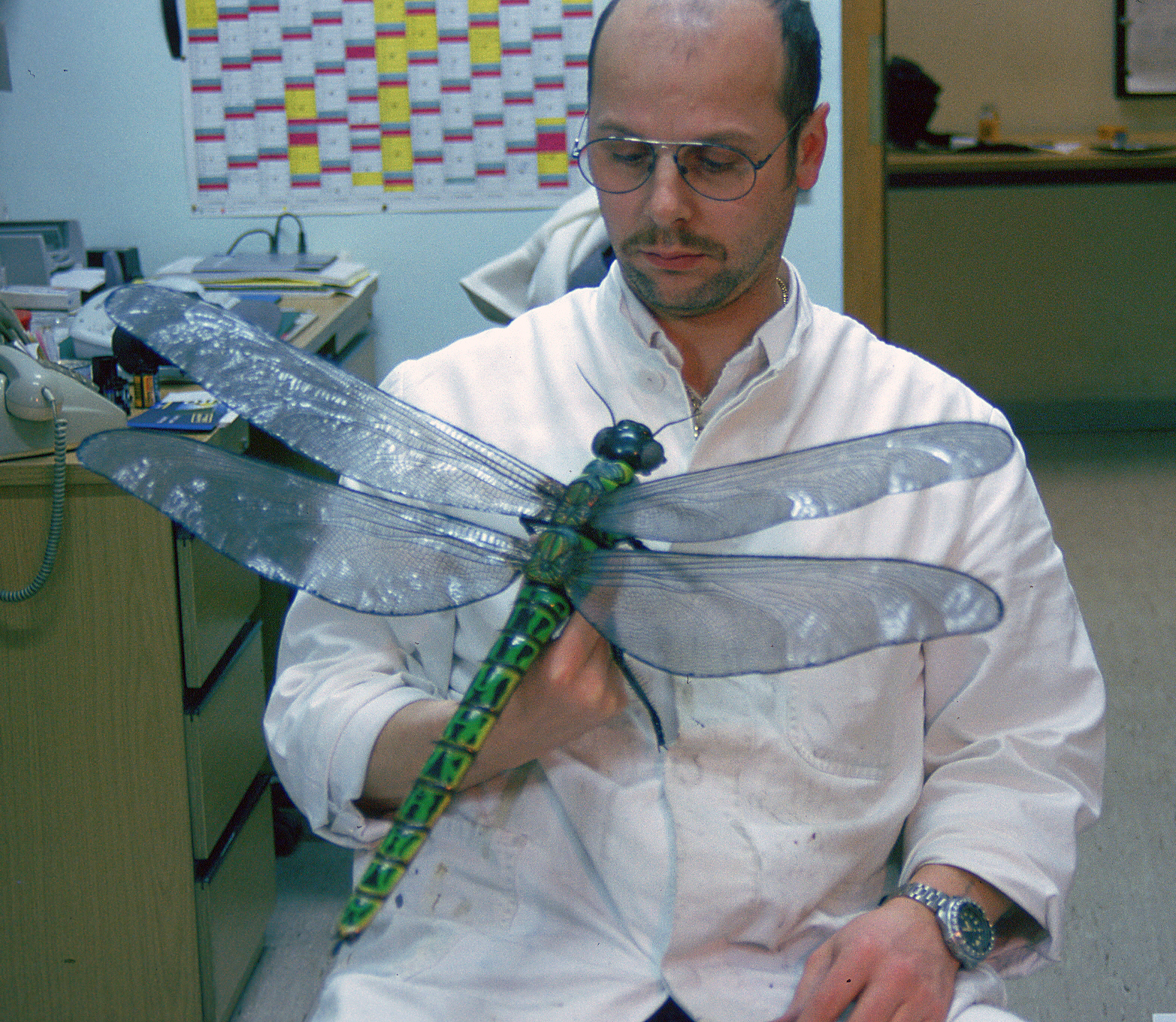
Meganeuropsis permiana wasn’t your average backyard dragonfly. This prehistoric giant boasted a wingspan reaching 28 inches, making it the largest flying insect that ever existed. These aerial predators dominated the skies during the Permian period, approximately 290 million years ago.
The secret behind their enormous size lay in Earth’s ancient atmosphere, which contained oxygen levels nearly 35% higher than today’s 21%. This oxygen-rich environment allowed insects to grow to massive proportions without suffocating. Their oversized wings created powerful downdrafts that could knock smaller creatures from the air, while their compound eyes contained thousands of individual lenses for tracking prey.
Cockroaches the Size of Small Dogs

Arthropleura wasn’t technically a cockroach, but this massive millipede relative gives us insight into how large arthropods could grow in prehistoric times. Some cockroach species from the Carboniferous period reached lengths of over 12 inches, with robust bodies that could survive almost anything nature threw at them. These giants scuttled through ancient forests, feeding on decaying plant matter and smaller insects.
Their size advantage came with built-in armor plating that made them nearly indestructible. Unlike modern roaches that scatter when lights turn on, these prehistoric versions were apex scavengers that feared little. Fossil evidence shows they had powerful mandibles capable of crushing tough plant fibers and even small vertebrates.
Beetles with Horn Arrays That Put Rhinos to Shame

Titanomyrma giganteum wasn’t a beetle but demonstrates how insects developed elaborate defensive structures. Ancient beetles, however, took horn development to extremes that would make modern rhinoceros beetles jealous. Some species sported multiple horn arrangements with intricate branching patterns that served both as weapons and display structures.
These horned giants used their elaborate headgear for territorial battles that could last hours. The fossil record shows evidence of broken and regrown horns, suggesting these insects engaged in intense combat throughout their lives. Their horns weren’t just for show—they were precision instruments designed for flipping rivals and defending prime feeding territories.
Ancient Stick Insects That Mastered Deception

Cretophasmomima melanogramma represents one of the earliest known stick insects, preserved in 126-million-year-old amber. This prehistoric master of disguise already showed the remarkable camouflage abilities that modern stick insects are famous for. However, ancient versions took mimicry to levels that seem almost supernatural.
The fossil shows incredible detail in its bark-like texture and even includes what appears to be fake moss growths along its body. These insects didn’t just look like twigs—they became living pieces of the forest itself. Some species developed specialized coloration that changed with the seasons, matching the brown of winter branches and the green of spring growth.
Prehistoric Mosquitoes with Massive Proboscis
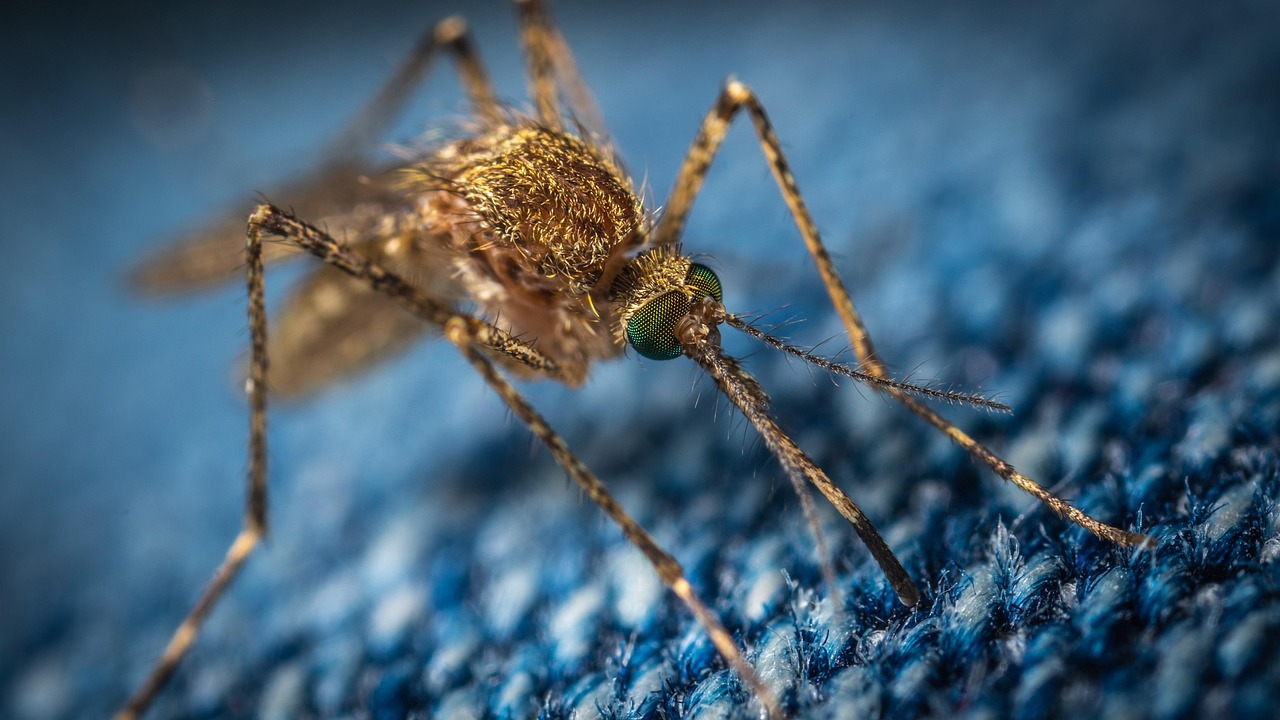
Libanoculex intermedius lived during the Cretaceous period and sported a proboscis that was proportionally much larger than modern mosquitoes. These ancient bloodsuckers had to develop specialized feeding strategies to handle their oversized drinking apparatus. Their proboscis was so long it required special storage mechanisms when not in use.
Unlike today’s mosquitoes that make quick, surgical strikes, these prehistoric versions had to commit to longer feeding sessions. Their size and feeding habits suggest they targeted large reptiles and early mammals that could provide substantial blood meals. The fossil record indicates they were much more aggressive hunters than their modern descendants.
Ice Age Insects with Antifreeze Adaptations
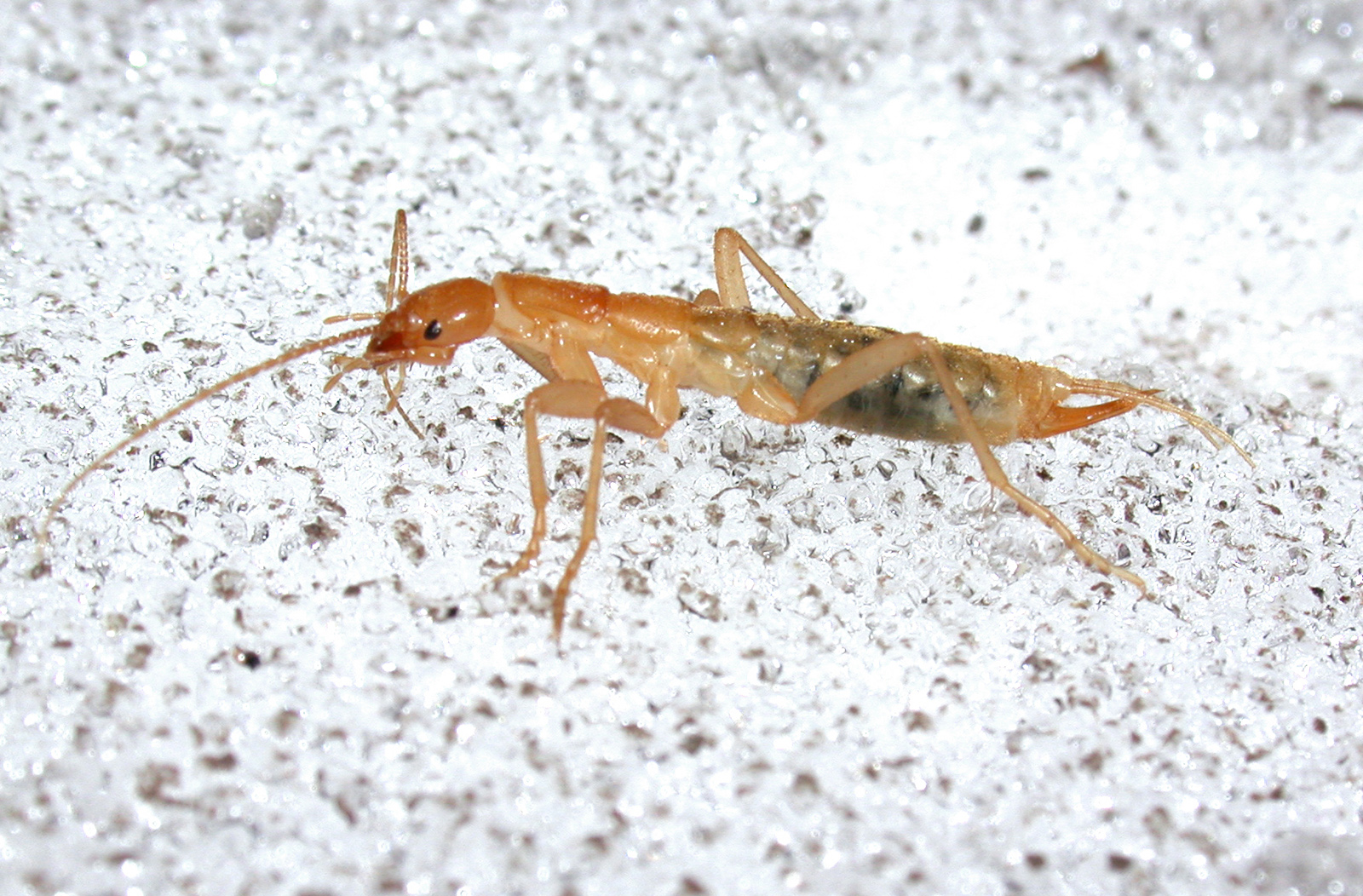
Pleistocene insects developed some of the most sophisticated cold-weather adaptations ever discovered in the fossil record. Some species produced natural antifreeze proteins that allowed them to survive in temperatures that would kill modern insects instantly. These biochemical innovations were so effective that scientists study them today for medical applications.
Their bodies contained specialized cells that could actually freeze solid without suffering damage. When temperatures warmed, these insects would essentially resurrect themselves, continuing their life cycles as if nothing had happened. Some preserved specimens show evidence of surviving multiple freeze-thaw cycles throughout single seasons.
Flying Scorpions That Dominated Prehistoric Waters

Eurypterids weren’t exactly insects, but these “sea scorpions” evolved alongside early insects and shared many similar adaptations. Some species reached lengths of over 8 feet and developed primitive wings that allowed them to glide above water surfaces. Their combination of aquatic and aerial abilities made them formidable predators in ancient ecosystems.
These creatures possessed compound eyes on stalks that could rotate independently, giving them 360-degree vision while hunting. Their claws were powerful enough to crush early fish and trilobites, while their tail stingers delivered venom that could paralyze prey much larger than themselves. The fossil record shows they were among the ocean’s top predators for millions of years.
Carboniferous Centipedes with Explosive Defense Systems

Arthropleura armata wasn’t just large—it was equipped with chemical warfare capabilities that put modern skunks to shame. These massive millipede relatives could spray caustic chemicals from specialized glands along their body segments. The compounds were so potent they could dissolve the exoskeletons of attacking predators.
Their defensive arsenal included multiple types of chemical cocktails, each designed for different threats. Some compounds created blinding clouds of irritating vapor, while others produced sticky substances that trapped smaller predators. Fossil evidence suggests they could coordinate these chemical attacks with remarkable precision, targeting specific body parts of their enemies.
Ancient Praying Mantises with Expandable Armor
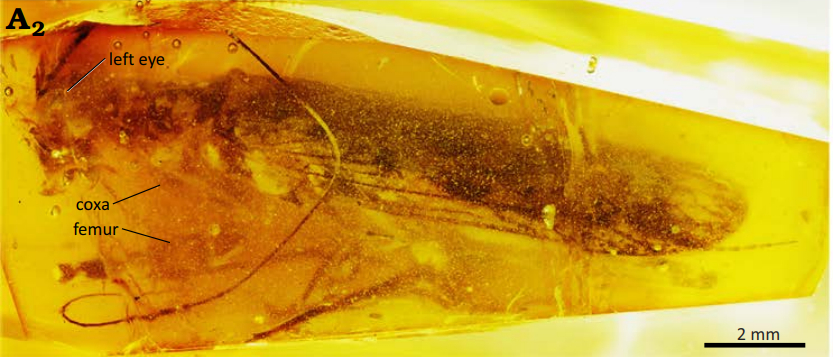
Cretaceous mantises developed armor plating that could expand and contract based on threat levels. These prehistoric predators possessed specialized exoskeleton segments that could inflate when confronted by larger predators, making them appear much more formidable than their actual size. The inflation mechanism worked through hydraulic pressure systems that modern insects have largely abandoned.
Their expandable armor wasn’t just for intimidation—it provided real protection against the massive predators of their time. When fully inflated, these mantises could withstand attacks from creatures many times their size. The fossil record shows evidence of bite marks that failed to penetrate their inflated armor, suggesting this adaptation was highly effective.
Prehistoric Bees with Metallic Wing Structures

Melittosphex burmensis lived 100 million years ago and possessed wing structures that contained metallic elements, giving them an iridescent appearance that could blind predators. These early bees developed wings that weren’t just functional—they were weapons of optical warfare. The metallic compounds in their wings could reflect sunlight in concentrated beams.
Their metallic wings also provided structural advantages, being stronger and more flexible than the purely organic wings of modern bees. When these prehistoric bees flew in swarms, their collective wing reflections created dazzling light displays that could disorient predators and coordinate group movements. The technology behind their metallic wings remains partially mysterious to modern scientists.
Giant Fleas That Hunted Dinosaurs

Saurophthirus exquisitus wasn’t your typical flea—it was a monster that measured nearly an inch in length and possessed saber-like mouthparts designed for penetrating thick dinosaur skin. These prehistoric parasites had to develop extreme adaptations to survive on hosts that were thousands of times their size. Their jumping abilities were proportionally incredible, allowing them to leap distances that would make modern fleas weep with envy.
Unlike modern fleas that rely on quick, shallow bites, these ancient giants had to commit to extended feeding sessions. Their mouthparts were essentially biological syringes that could pierce through layers of thick, armored skin. Fossil evidence suggests they lived in colonies on large dinosaurs, creating entire ecosystems of parasites that moved with their massive hosts.
Triassic Insects with Detachable Body Parts
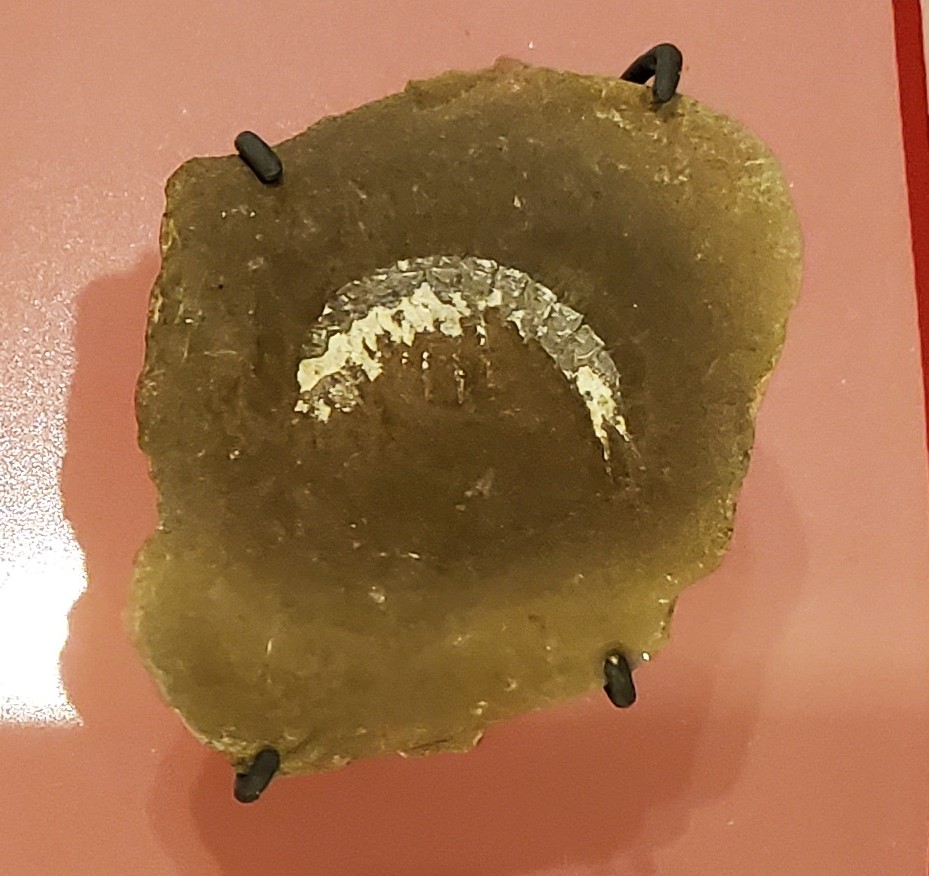
Some Triassic insects developed the ultimate escape mechanism: detachable body parts that could continue moving independently after separation. These biological decoys allowed insects to escape predators by literally leaving parts of themselves behind. The detached segments would continue twitching and moving, drawing predator attention while the main body escaped.
The regeneration abilities of these insects were extraordinary—they could regrow lost segments within weeks of detachment. Some species could detach and regrow their entire abdomen multiple times throughout their lives. This adaptation was so successful that some insects used it offensively, leaving moving decoys to confuse prey while they approached from unexpected angles.
Permian Butterflies with Toxic Wing Scales

Before modern butterflies evolved their brilliant warning colors, Permian proto-butterflies developed toxic wing scales that could be released as chemical weapons. These early butterflies could literally shake poison from their wings, creating toxic clouds that would deter predators or even kill smaller threats. The scales contained concentrated alkaloids that were thousands of times more potent than modern butterfly toxins.
Their wing scales weren’t just defensive—they were also used for communication and territory marking. Different species developed unique chemical signatures that could convey complex information about mating status, territorial boundaries, and food sources. The fossil record shows evidence of these chemical communications preserved in ancient amber deposits.
Ancient Termites with Living Architecture

Cretaceous termites didn’t just build colonies—they grew them. These prehistoric architects developed symbiotic relationships with specialized fungi that helped construct their nests from living, breathing organisms. Their colonies were essentially giant organisms that could adapt, heal, and evolve in real-time. The structures they built were so sophisticated that modern engineers study them for biomimetic applications.
Their living architecture included climate control systems that could adjust temperature and humidity automatically, waste processing facilities that converted organic matter into building materials, and defensive systems that could seal off sections under attack. These termite cities were some of the most complex structures ever created by insects, rivaling modern human architecture in their sophistication.
The fossil record reveals that insects have been evolution’s greatest experimenters, pushing the boundaries of what’s possible within their tiny frames. From giant dragonflies that ruled ancient skies to termites that grew living cities, these prehistoric creatures developed adaptations that seem almost magical by today’s standards. Their innovations weren’t just survival strategies—they were masterpieces of biological engineering that continue to inspire scientists and engineers today.
What strikes researchers most about these ancient adaptations is how they solved problems that modern insects still struggle with. The next time you swat at a mosquito or watch a butterfly flutter past, remember that their ancestors were doing things that would make modern science fiction writers jealous. What other incredible adaptations might still be hiding in rocks, waiting to rewrite our understanding of what insects can achieve?

